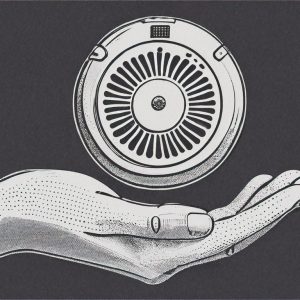Both the San Jose, California-based networking giant and its challenger in the high-end routing space, which hails from nearby Sunnyvale, have NAC offerings to check the health of devices requesting access to networks in terms of latest versions of operating systems with all the required patches, the most recent AV signatures, and so on.
In Cisco’s case, this is NAC, the program whose title is also now being used as a generic term applied to all endpoint control initiatives. It is based on the Cisco Trust Agent on end devices, with switches and routers upgraded to carry out the endpoint checks prior to granting access.
In Juniper’s case, it has its Infranet initiative. The mantra from Juniper is that, while its technology works with whatever a company already has in its network, merely making the Juniper routers the enforcement points for security policy, Cisco NAC requires investment in upgrading to the latest versions of its IOS operating system in order to implement the system.
From the height of its market leadership, Cisco rarely responds to such claims from rivals, but Bob Gleichauf, VP and CTO of its security technology group, said: Juniper’s argument is FUD…NAC is a catalyst to router IOS upgrade. He said some customers are running old versions of IOS and they don’t therefore enjoy full functionality, but they continue to be supported, even if they don’t choose to upgrade for NAC.






